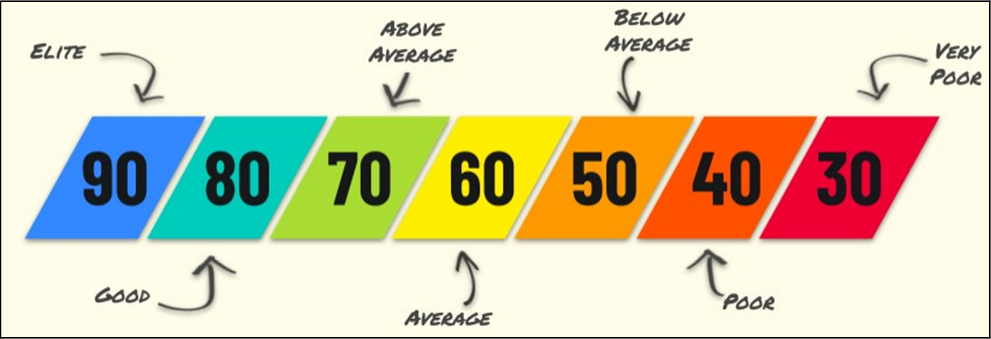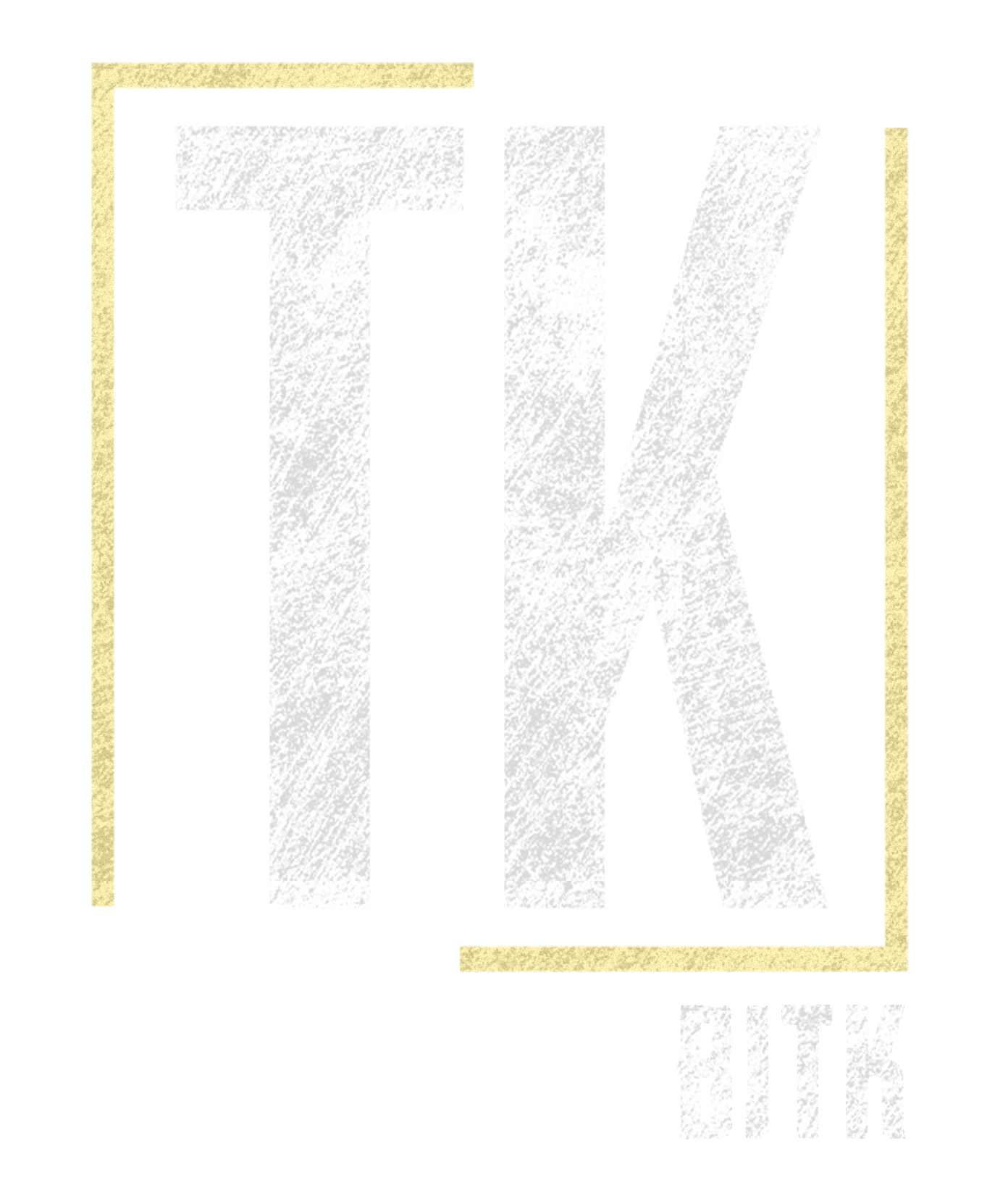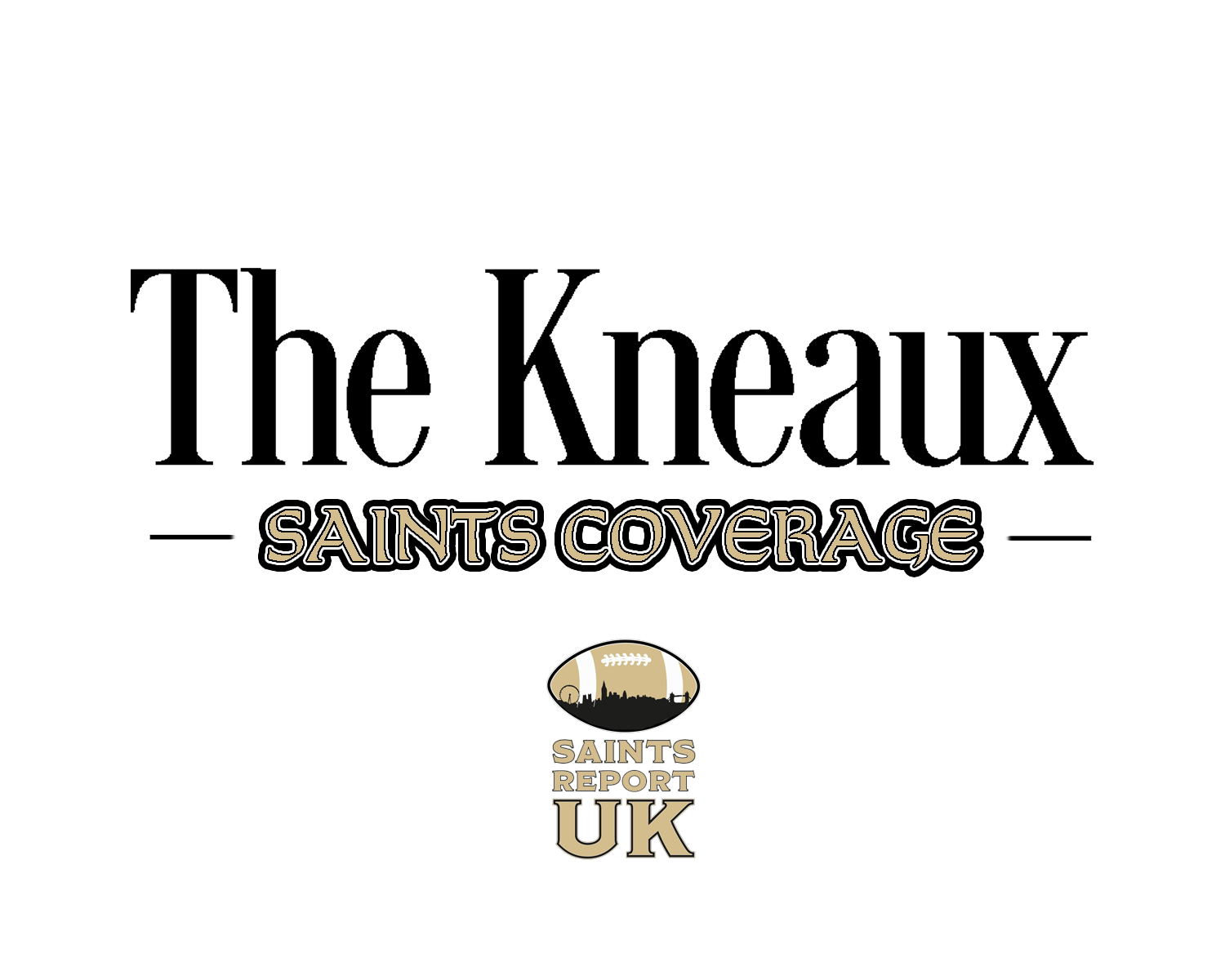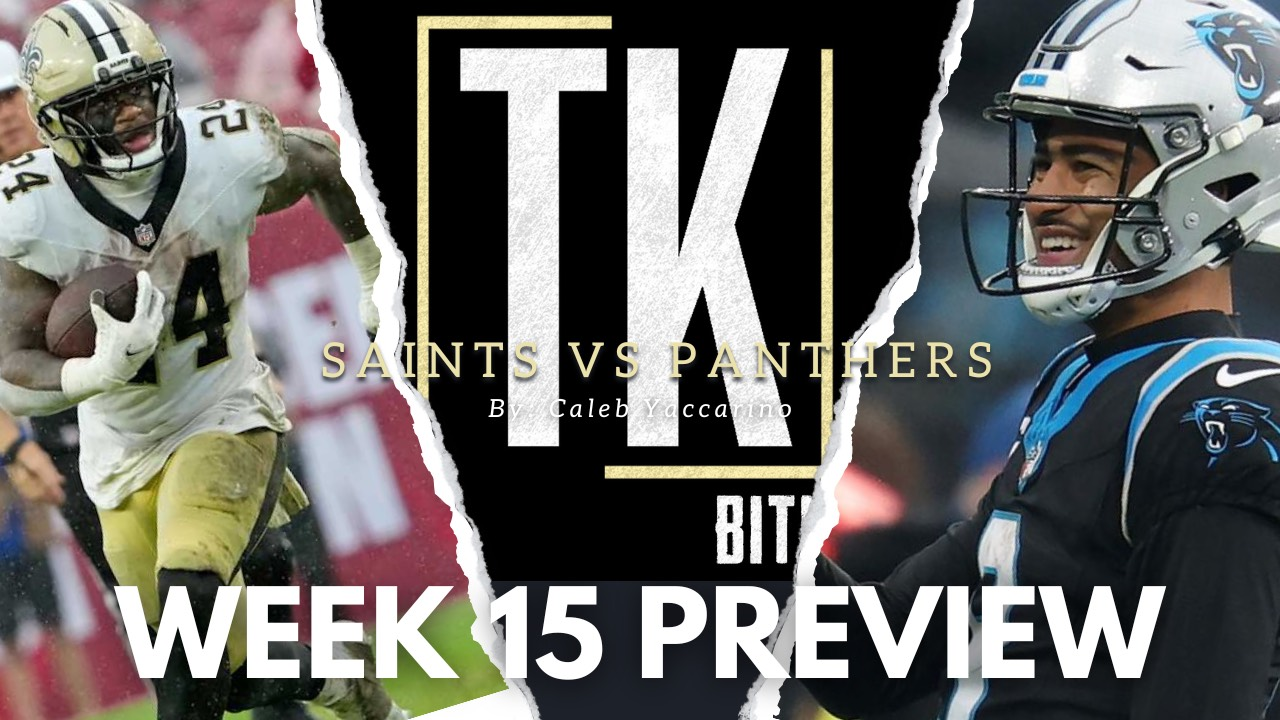PFF Grades And Statistical Deep Dive Into The Saints Week 4 Loss
Each week I take a look into the advanced statistics provided by PFF, to see what (if any) interesting nuggets I can pick out from each Saints game. Including coverage stats, grades, pressure reports from both the offensive and defensive lines and anything else that sticks out.
How the grades work:

Top 5 Offensive Grades:

On paper a good week for the O-line, it looked this way in the game and the stats back it up, were they perfect? No, and the grades back that up but overall this was a better game for most of the starters. Week to week Trevor Penning is improving, I thought this was Penning's best game while watching live and PFF agrees. He posted an elite 91.0 run blocking which was an element of his game that was strangely lacking in the early weeks after being dominant as a rookie.
Bottom 5 Offensive Grades:

I’ve included the bottom 6 here as Winston only played 1 snap. Not hard to see why Prentice graded so poorly had a bad drop on third down and fumbled his only carry of the game. James Hurst continues to grade out poorly each week which falls in line with the general view on his game he’s looked really poor all year, his pass black grade this week? 13.5 was the second lowest in the league in week 4. Garcia also looked like he struggled live PFF are in agreement. These grades are another point of evidence to show the worth of Cesar Ruiz and after a torrid offseason Andrus Peat, who is clearly the right player to be starting at LG when back healthy (he left Sunday’s game with a concussion). After 3 stellar weeks, Chris Olave takes the 6th spot here with an uncharacteristically poor game from the star WR.
Top 5 Defensive Grades:

Another strong week for Yiadom who has been really impressive overall in place of Paulson Adebo. He was targeted 6 times surrendered 5 catches for only 32 yards with 1 TD given up, but had 1 interception and 1 PBU. On the TD he gave up similar to the Green Bay game he had very good coverage and the WR just made the play. Isaiah Foskey continues to score highly in PFF grades again had a strong week according to them in run defense, if the Saints see it the same then I think we start to see him getting more snaps. Malcolm Roach in particular graded out well here with a pressure and a very impressive 4 defensive stops in the run game.
Bottom 5 Defensive Grades:

Not particularly surprised to see Shepherd and Lattimore this low, Shepherd had a very unnecessary roughing the passer penalty and registered 0 pressures. Lattimore was unusually poor in coverage surrendering 5 receptions on 5 targets for 78 yards. Surprised to see Bresee graded this low, he had his first solo sack and had a dominant TFL in the run game. He had a further 2 pressures and another defensive stop in the run game, Bresee looks like a real hit of a first-round pick.
Pressure Stats
Offense
Trevor Penning- 2 total pressures (2 hurries) 97.7 efficiency score.
James Hurst- 3 total pressures (3 hurries) 96.5 efficiency score (not sure how can have this efficiency score but also receive a 13.5 pass-blocking grade, but here we are)
Erik McCoy- 2 pressures (1 sack and 1 hurry)
Ryan Ramczyk- 1 total pressure (1 sack) 97.7 efficiency score.
Andrus Peat- 2 total pressures (1 hit and 1 hurry) 96.4 efficiency score.
Max Garcia- 1 total pressure (1 hurry) 96.7 efficiency score.
Landon Young- 0 pressures, 100 efficiency score
Alvin Kamara- 1 total pressure (1 hurry)
** Pass Blocking Efficiency - A PFF Signature stat measuring pressure allowed on a per-snap basis with weighting toward sacks allowed.
12 total pressures were given up by the Saints (11 by the O-line) the second least of the season (they gave up 10 against the Packers. But only 2 sacks and 1 hit are the lowest marks of the year. Ramczyk continues his up-and-down year been really good in 2 games and really poor in the other 2, still would like your very highly paid RT to be giving up pressures rather than sacks but.
Defense
Cam Jordan- 5 total pressures (1 hit and 4 hurries)
Bryan Bresee- 3 total pressures (1 sack and 2 hurries)
Khalen Saunders- 2 total pressures (2 hurries)
Carl Granderson- 1 total pressure (1 hurry)
Tanoh Kpassagnon- 1 total pressure (1 hurry)
Malcolm Roach- 1 total pressure (1 hit)
Jonathan Abram- 1 total pressure (1 hurry)
This is where I feel pressures can be misleading, the Saints logged 14 pressures which at face value is not terrible, but it didn’t look like any of these pressures particularly affected Baker Mayfield or the Bucs passing game. These pressure figures are still better than a lot of games from last year but still not nearly good enough for the Saints defense to be elite. Cam Jordan has been far more disruptive this year from a statistics perspective he has 19 pressures so far in 4 games, he had 37 in 16 games last year.
Best of the rest
Some other stats that jumped out:
- Alvin Kamara had much more success running to the left side of the line, he rushed to the left side 7 times for 39 yards (5.5 YPC), compared to the 4 times he rushed to the right for a total of 12 yards (3 YPC).
- Alontae Taylor continues to have really solid games in coverage bar one big play. Taylor was targeted 7 times, surrendered 5 receptions for 53 yards. 32 of those yards came on one catch to Chris Godwin (Godwin was targeted another 2 times with Taylor in coverage neither pass was completed).
- It’s been well-documented that the Saints offense hasn’t been attacking the middle of the field, so I checked to see how true that is. Carr has attempted 124 passes so far this season he’s targeted the middle of the field (past 10 yards) 10 times and completed 2 of those passes for 57 yards, with 1 interception. The stats do indeed back up the narrative around the Saints passing attack.
Make sure to follow me on Twitter and Instagram @SaintsReportUK, for much more Saints content and discussion throughout the 2023 season and beyond.
A quick share helps us a lot!



